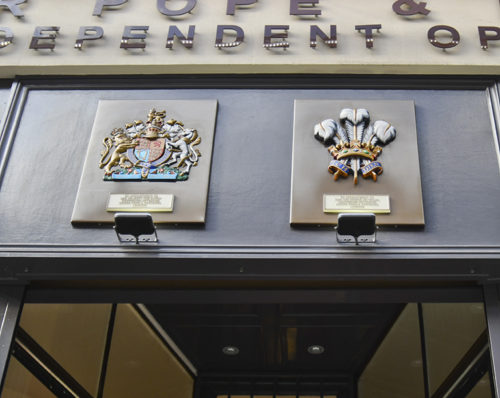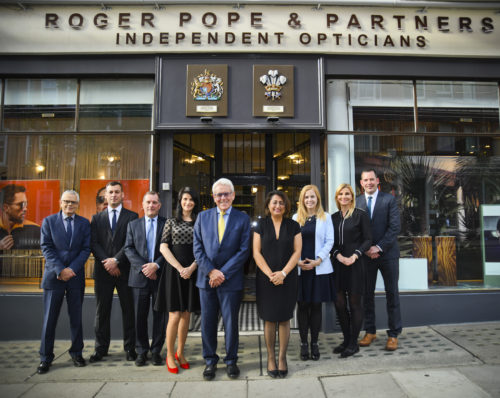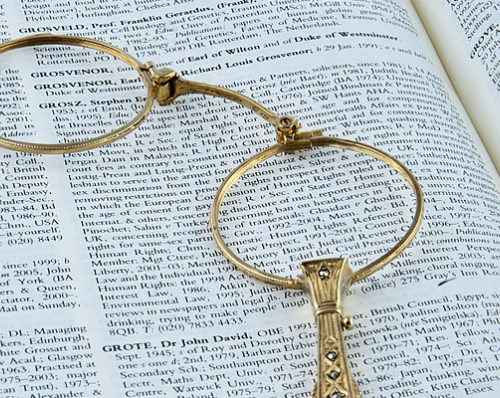In the late 18th Century Royal tradesmen began displaying the Royal Arms on their premises and stationery. But it was Queen Victoria who ensured that Royal Warrants gained the prestige they enjoy today. During her 64 year reign The Queen and her family granted more than 1,000 Royal Warrants, eight times as many as The Queen's uncle, King George IV. They included companies such as Fortnum & Mason, Schweppes and Twinings, which still hold Royal Warrants today.
Royal Warrants continue to be a prestigious mark of recognition to those who are regular suppliers of goods and services the Households of HM The Queen, HRH The Duke of Edinburgh and HRH The Prince of Wales.
At present around 800 individuals or companies hold Royal Warrants of Appointment. They represent the widest cross-section of British trade and industry (there are also a small number of overseas companies) - from individuals practising traditional crafts to large firms equipped with the latest technology. Whether they are chemists or computer suppliers, they share a total commitment to the highest standards of quality.




